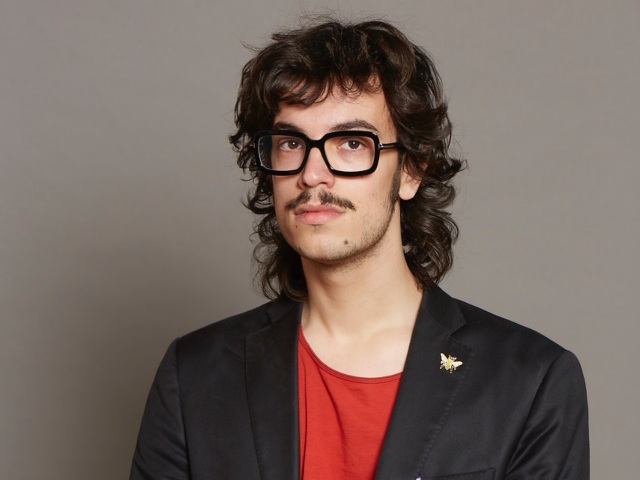
What it’s like studying MA Art Gallery and Museum Studies
My name is Marco Capicotto, and I am studying a master’s in Art Gallery and Museum Studies at The University of Manchester. I chose to study the course as a part-time student, which means that the modules and workload are split over two years instead of one: this allows me to better manage my time and balance my university commitments with casual work and volunteering. The course is part of the Institute for Cultural Practices, a vibrant contemporary centre for both professional development and research.
If you are studying the course as a full-time student, you can expect to take two core modules, common to all students in the first semester (for a total of 60 credits), two or three optional modules (in total 60 credits, usually 30 + 15 + 15) in the second semester and the dissertation, worth 60 credits, spanning over the second semester and summer. The two core modules – Introduction to Museum Studies and Managing Collections and Exhibitions – are taught in the first semester and they complement each other: while the first one offers a theoretical introduction to museology; the latter gives a more pragmatic approach to the work and activities carried out in museums and collections. In the second semester, students can choose from a range of optional modules, covering various aspects of museum work. One of the most popular choices is the Placement module which allows students to choose from a range of cultural institutions and museums to work with on selected projects for about 20 days. I was lucky enough to get my first placement host choice: another course mate and I collaborated with MADE and Z-Arts within the Diversifying the Curriculum Task Group. The goal was the use of Manchester artists or works of art housed in Manchester cultural institutions to provide pupils a more diversified curriculum. I got to work primarily in the capacity of researcher: during my placement, I got to visit and interview curators and staff at the People’s History Museum, Manchester Art Gallery, and National Football Museum. My research was then merged into a report featuring objects with potential collections to diversifying the curriculum, a reference tool to aid Manchester teachers and educators in the planning of their lessons and resources. I thoroughly enjoyed the practical aspect of this module: working within a professional setting, meetings curators and museum staff while getting a tour of the collections from a unique perspective and writing a reflective piece for the assessment. Another module that stood out for me was ‘Decolonise the Museum!’ which offered me a good understanding of seminal decolonisation theories, literature, and the legacy of colonialism in the context of museums and the UK in general. One of the aspects of this course which I appreciate the most is the balance between theoretical background and practical hands-on experience, as well as the guest talks and lectures given by experts in the field, usually working in local Manchester museums.
As a part-time student, I am in my second year of study and currently writing my individual assessment for Managing Collections and Exhibitions. This is one of the core modules of the course which, at the end of the in-person teaching lectures, culminated in the planning and production of a pop up exhibition at Manchester Central Library on December 8th 2022. This year, the theme of the exhibition was materials and medical equipment, with objects on loan from the collection of University of Manchester’s Museum of Medicine and Health, a long-time partner of ICP and the AGMS course.






0 Comments